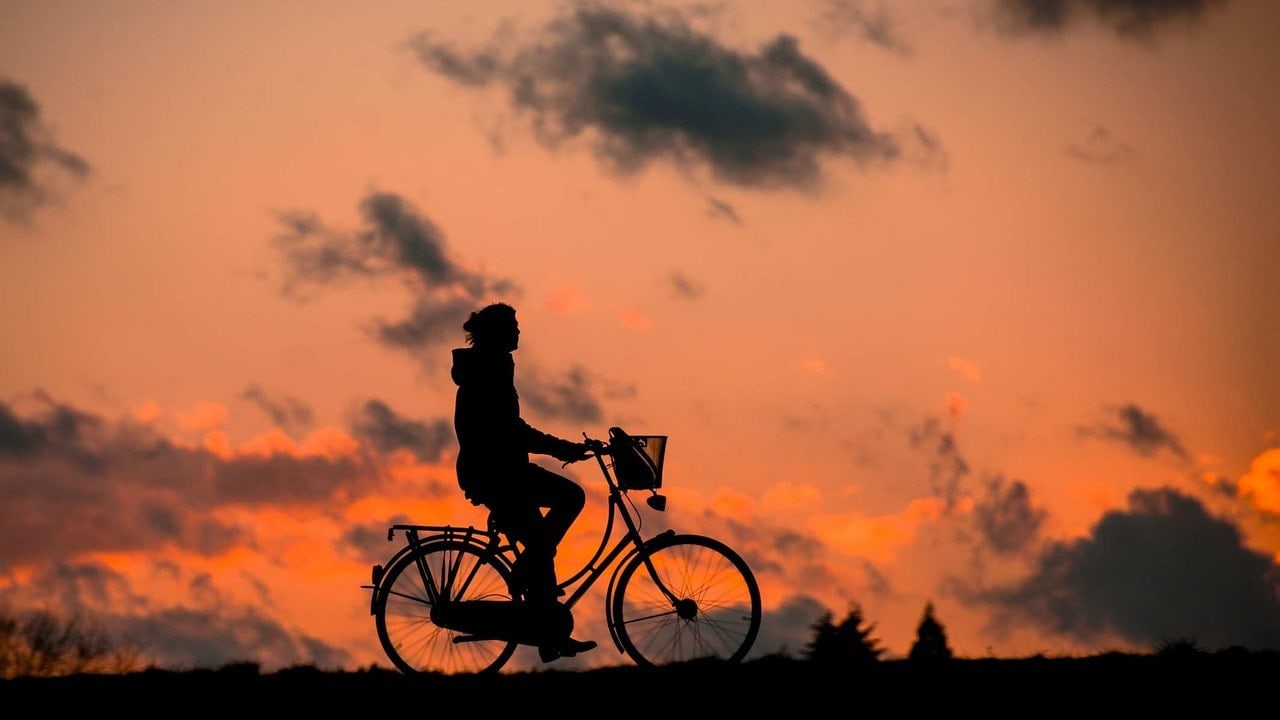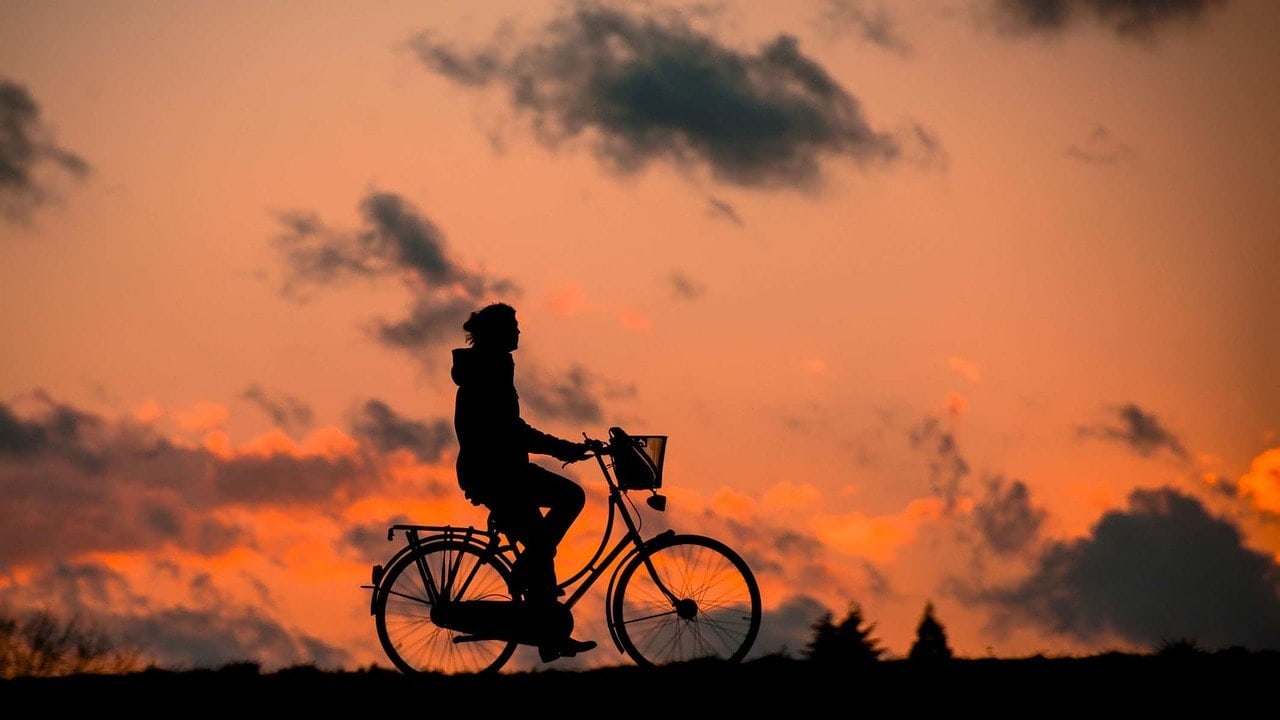One of the things I like most about photography is the possibility of turning any obstacle into something totally different. Where our team does not reach, be it due to lack of focal length, lack of sensor sensitivity or lack of light, there is always one way or another, not only to solve it, but to use the error as an advantage. This is the case of the silhouettes, which are produced simply because the sensors of our cameras are not capable of processing lights with more than 5 stops of difference (what is known as dynamic range ), and causes us to choose, in situations with a lot of light contrast, between exposing the lights or the shadows well.
This could be inconvenient and many times it is, having to resort to techniques such as bracketing or bracketing to solve it, but it also offers us countless opportunities to unleash our creativity. You do not believe me? Well, I leave you some inspiration in the form of silhouettes so that you can open your mouth ?
1. SUNRISES AND SUNSETS
Silhouettes are not exclusive to sunrises or sunsets , but they are good allies. Since we not only have scenes with contrast between lights and shadows, but we also have photogenic skies that add interest to our image.
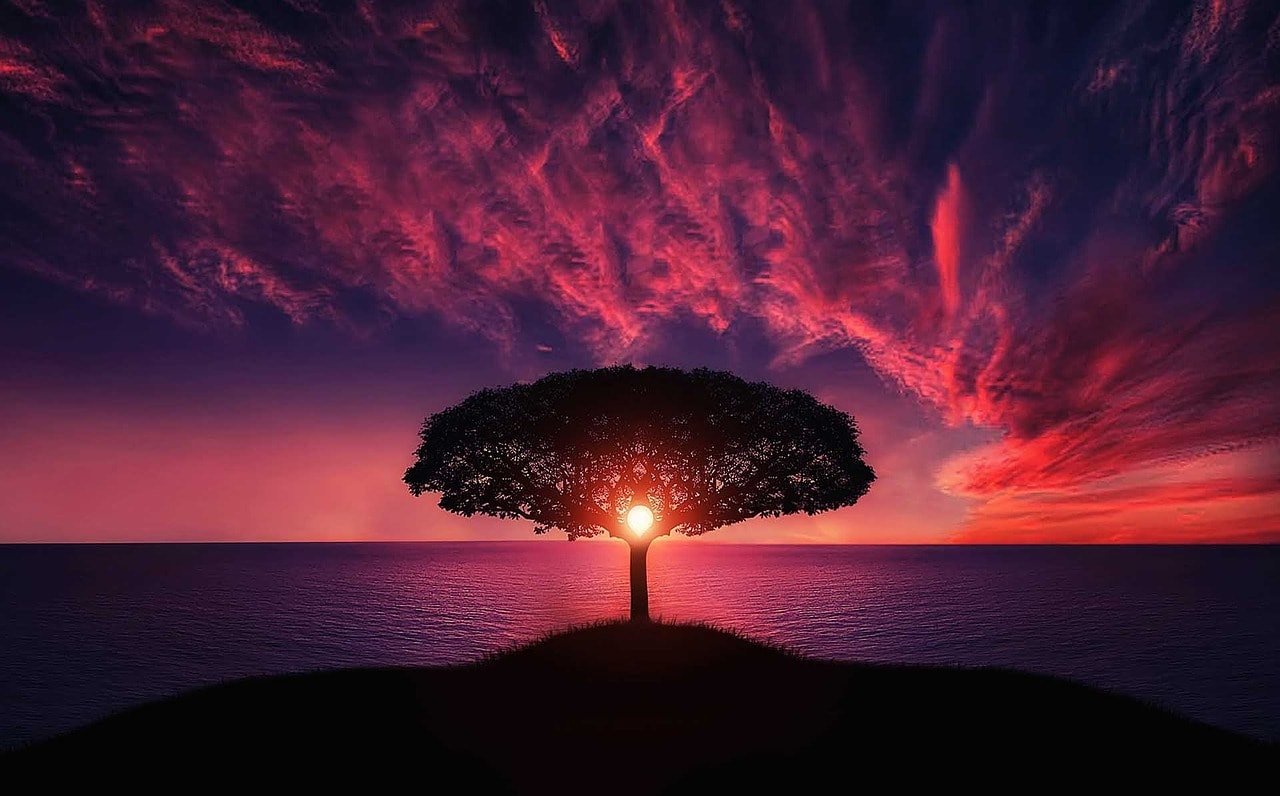
2. FOG
Foggy scenarios give us more dreamlike or mysterious images. If we also add silhouettes to the recipe, you can get images like the following.
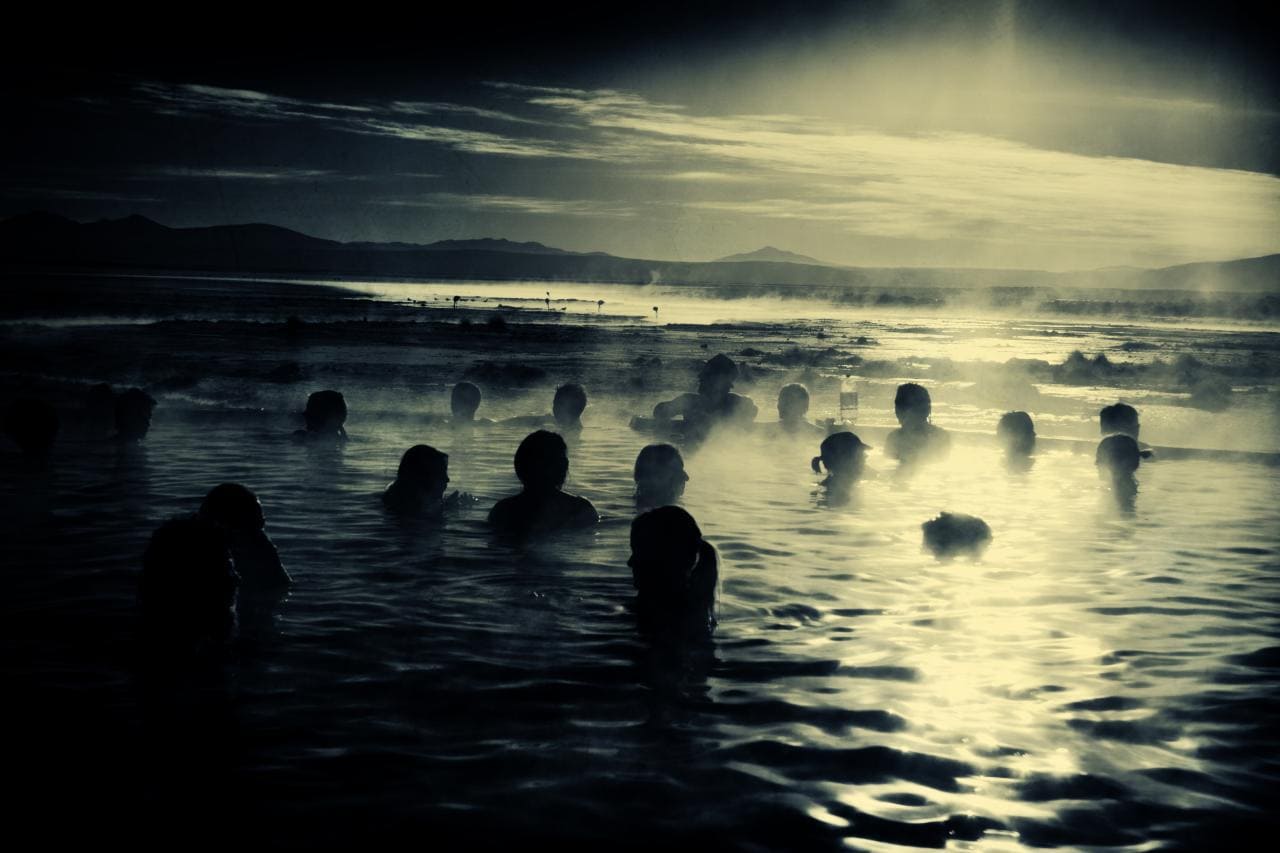
3. HISTORY
There is always a story behind a photo. If you manage to transmit it, your image will not only be beautiful or correct, but it will also be interesting for those who observe it.
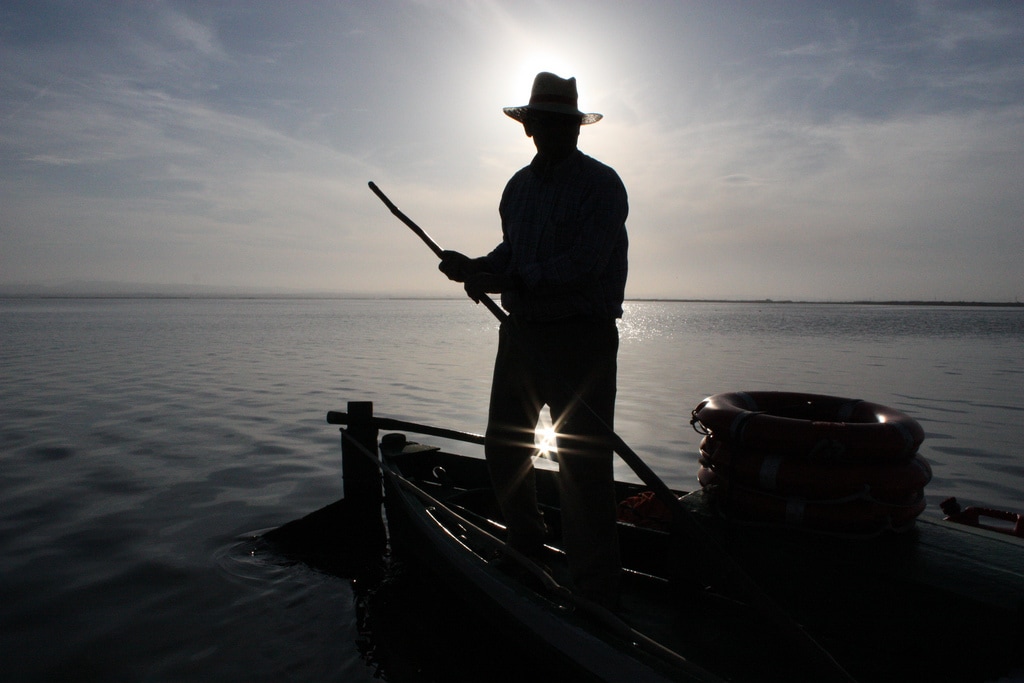
4. RECOGNIZABLE ELEMENTS
When we strip the image of all information and color, the shape takes on the most importance. That our silhouettes are recognizable is often essential for the image to make sense to the viewer.
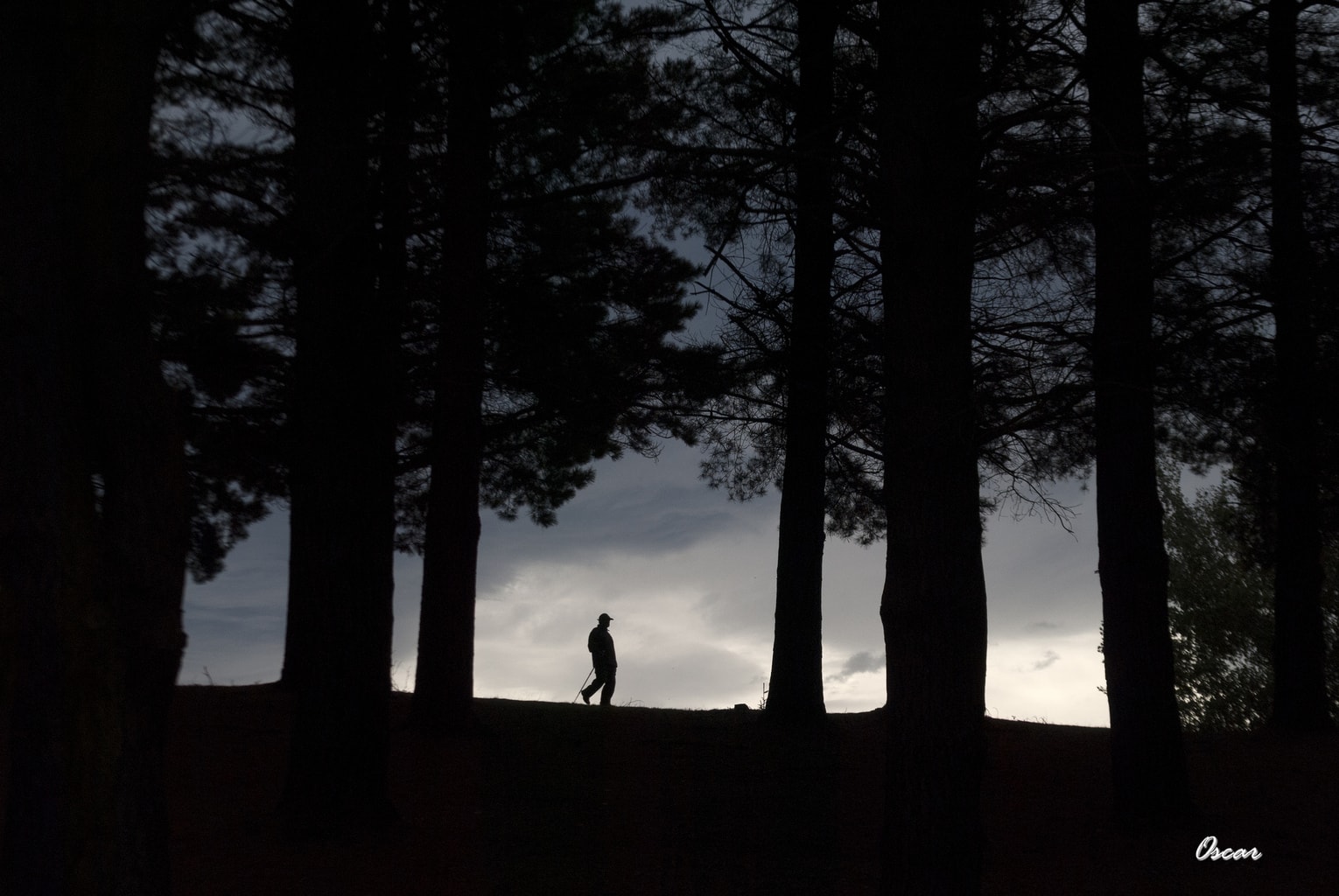
5. WATER AND REFLECTIONS
To add elements of interest to your silhouette images, try working on different scenarios. The water and the reflections that are projected on it can help you complement your image.
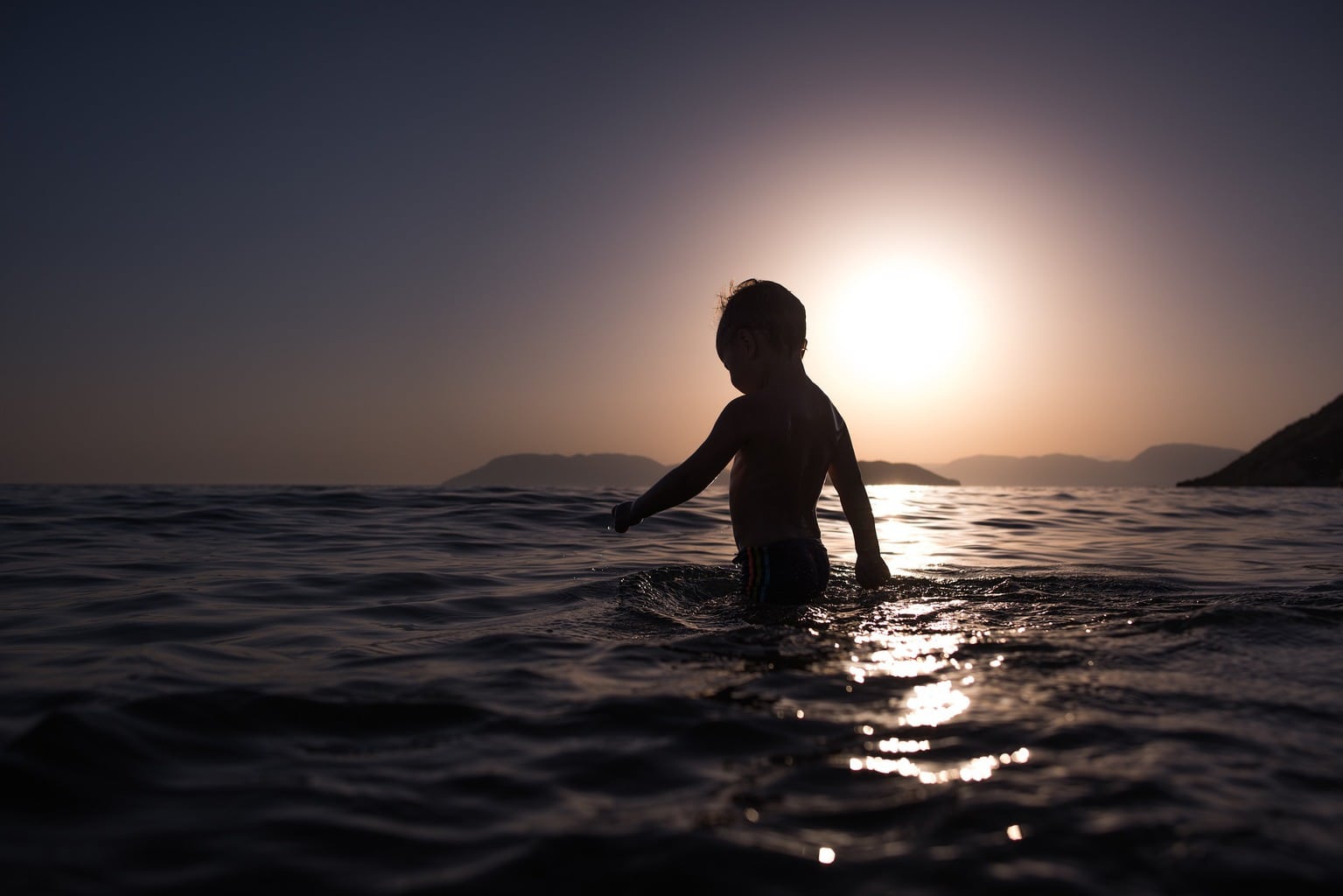
6. THE ODD ONES
Taking care of the composition when we work with such formal scenes is basic. In this case the odd rule is applied (a group of 3 and another of 1) to add visual interest to the image.
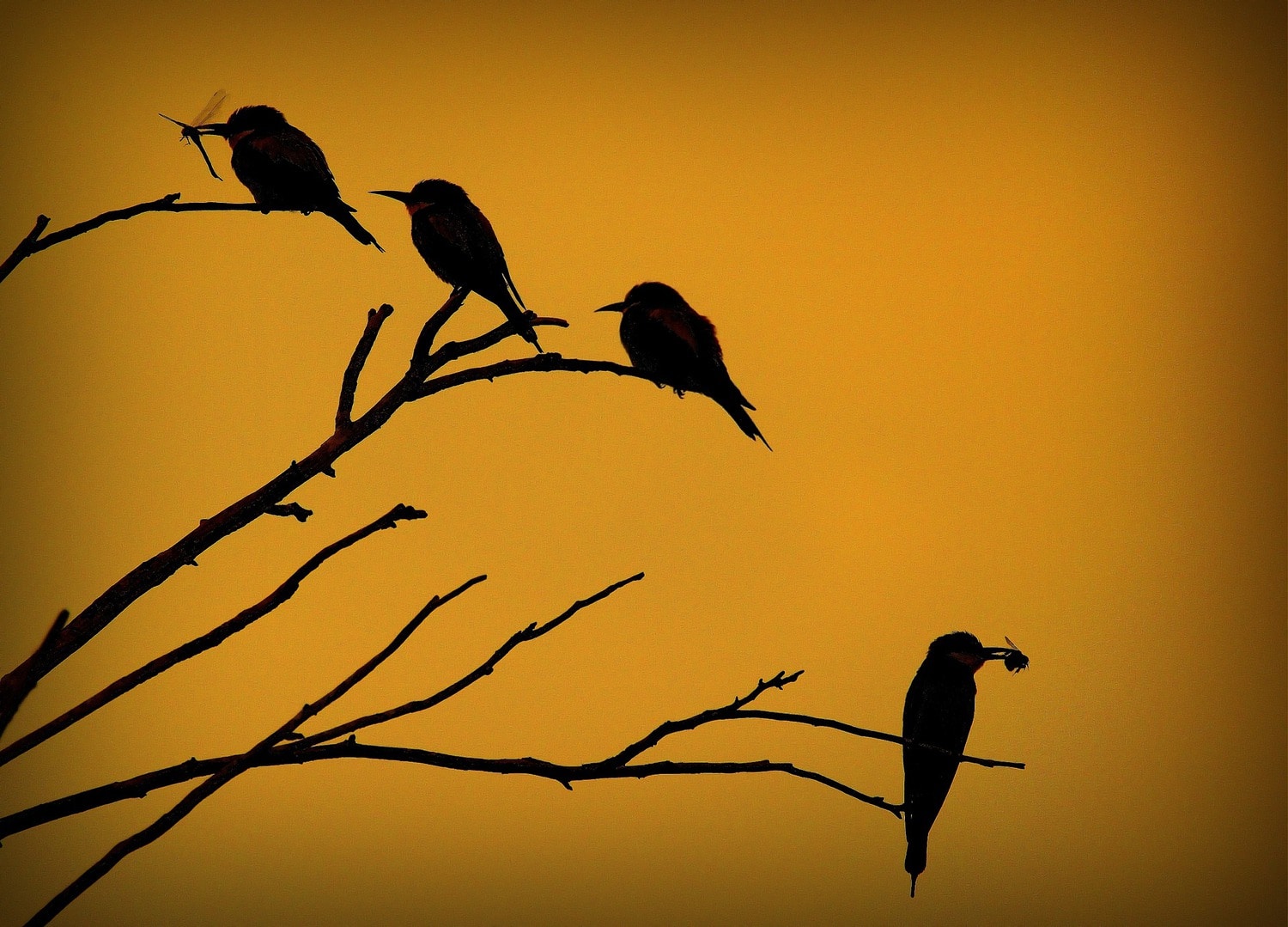
7. ATTRACTIVE SCENARIOS
You should not only pay attention to your silhouette, but to everything that surrounds it and complements it. Look at the following image, a sky full of stars to exalt this beautiful image.
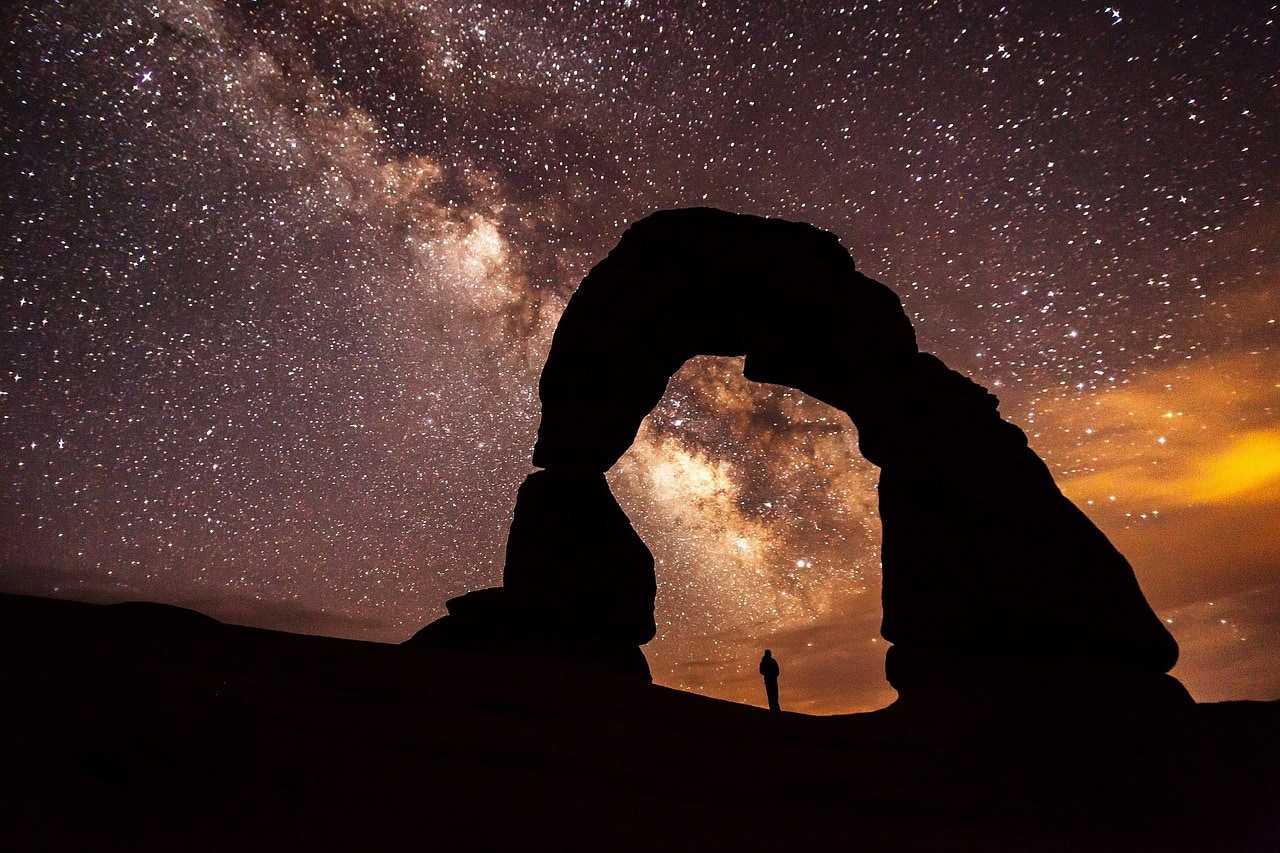
8. ACTION
Do not just limit yourself to photographing static elements or situations, scenes with movement or where it is intuited, they can give you images like the following.
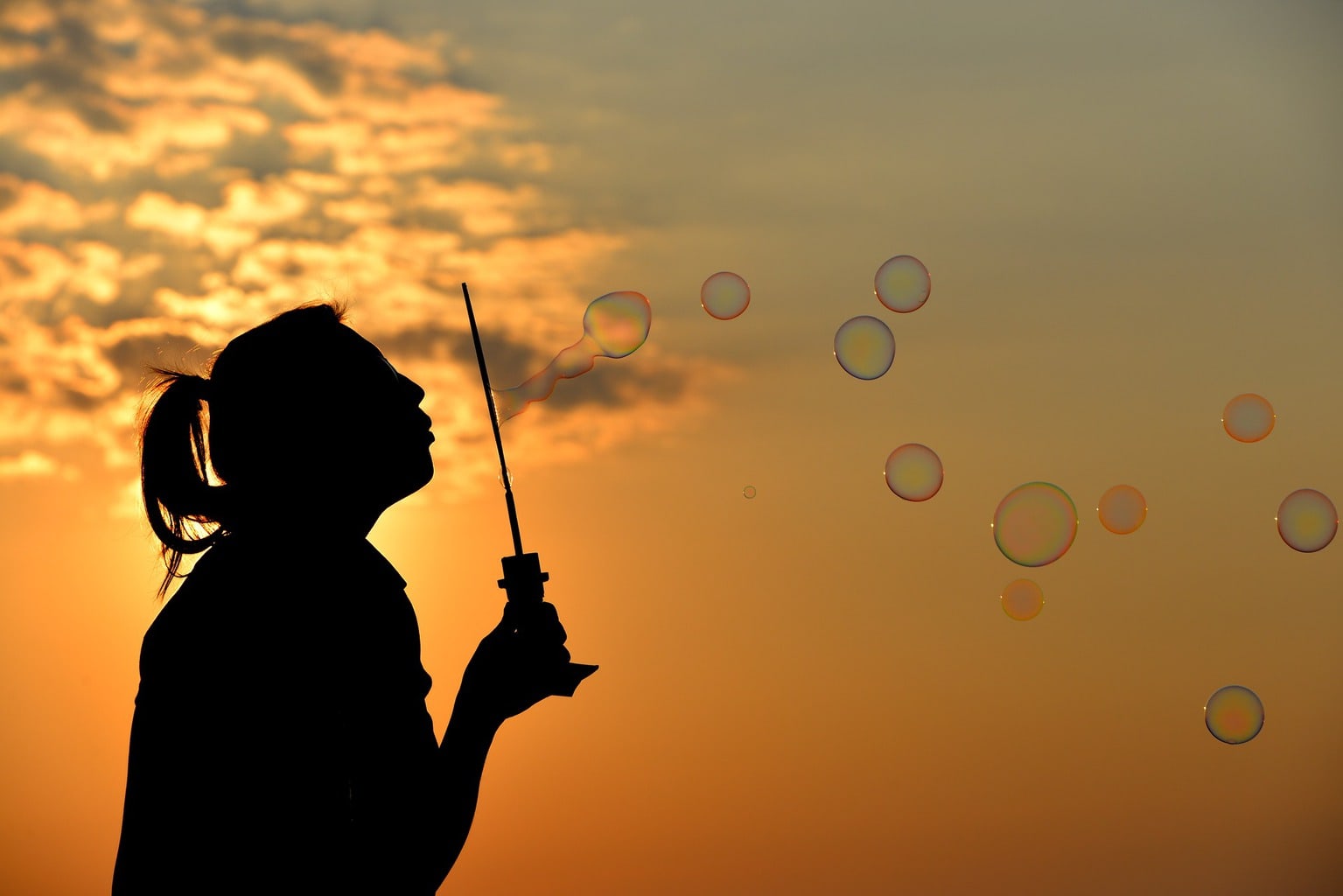
9. SYMBOLISM
The more we strip the original image of elements, the more primitive, formal and symbolic it becomes. Look what an incredible mixture of sunset, symbology and silhouettes you have in the following scene.

10. LANDSCAPES
Man or woman do not only live on human silhouettes ? You can also use them in your landscapes to highlight the silhouette of some mountains or any other element that you find worthy of pressing the shutter.
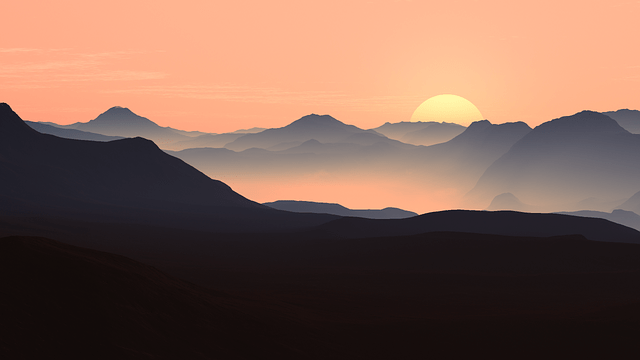
11. LIGHT BEAMS
Your excursions through the forest can give you a lot, and not only to refresh your lungs or practice macro photography , but also to obtain images like the following ?
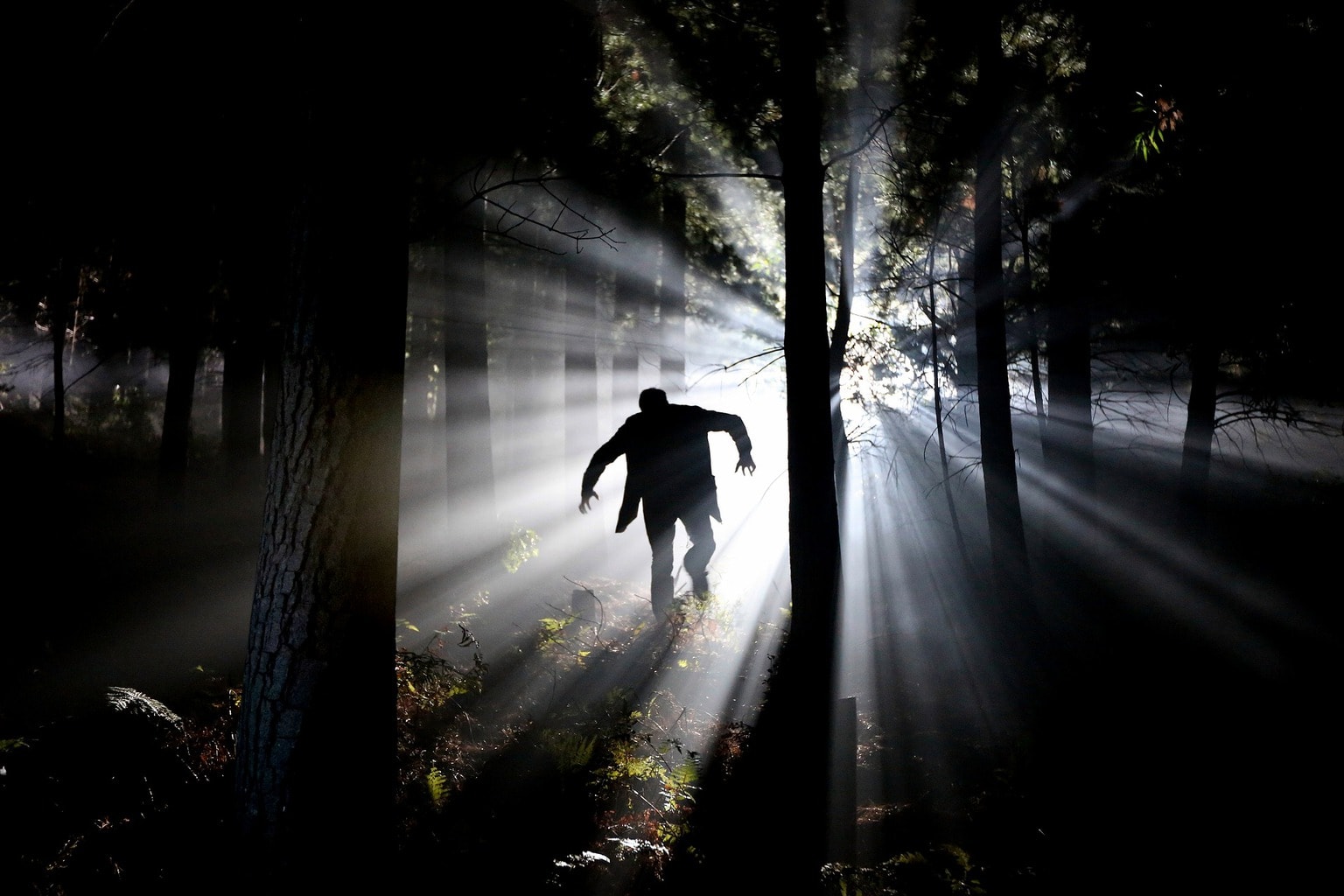
12. COMPOSITION
As with black and white photography , taking care of the composition in our silhouettes is essential. The rule of thirds, the look or the horizon, will be very useful when it comes to composing your silhouettes.
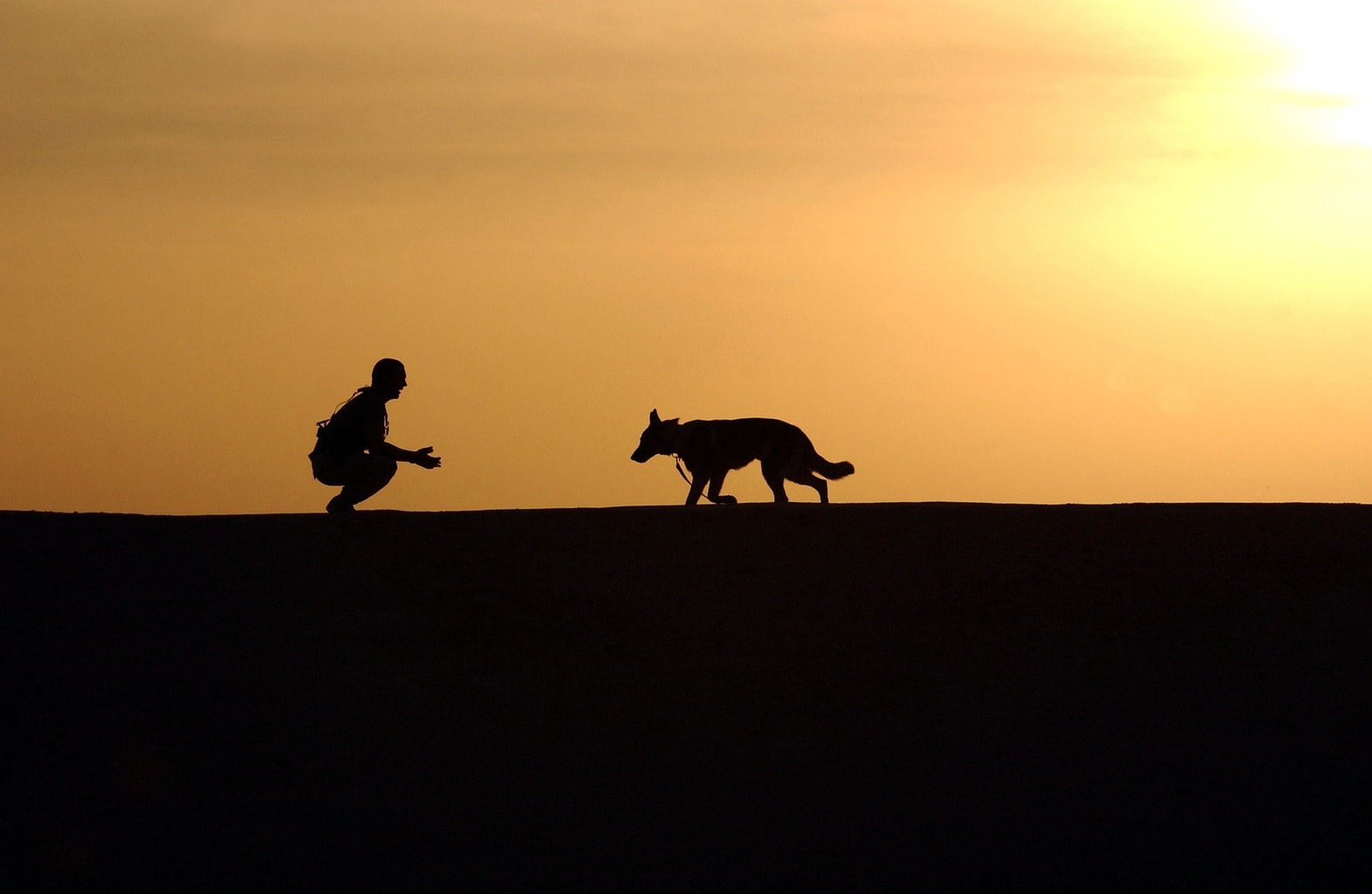
13. PERSPECTIVE
Forced perspective gives us impossible images like this one . With it you can grab a plane, the sun or the moon, make a dog eat your best friend or anything you can think of. It's all about perspective.
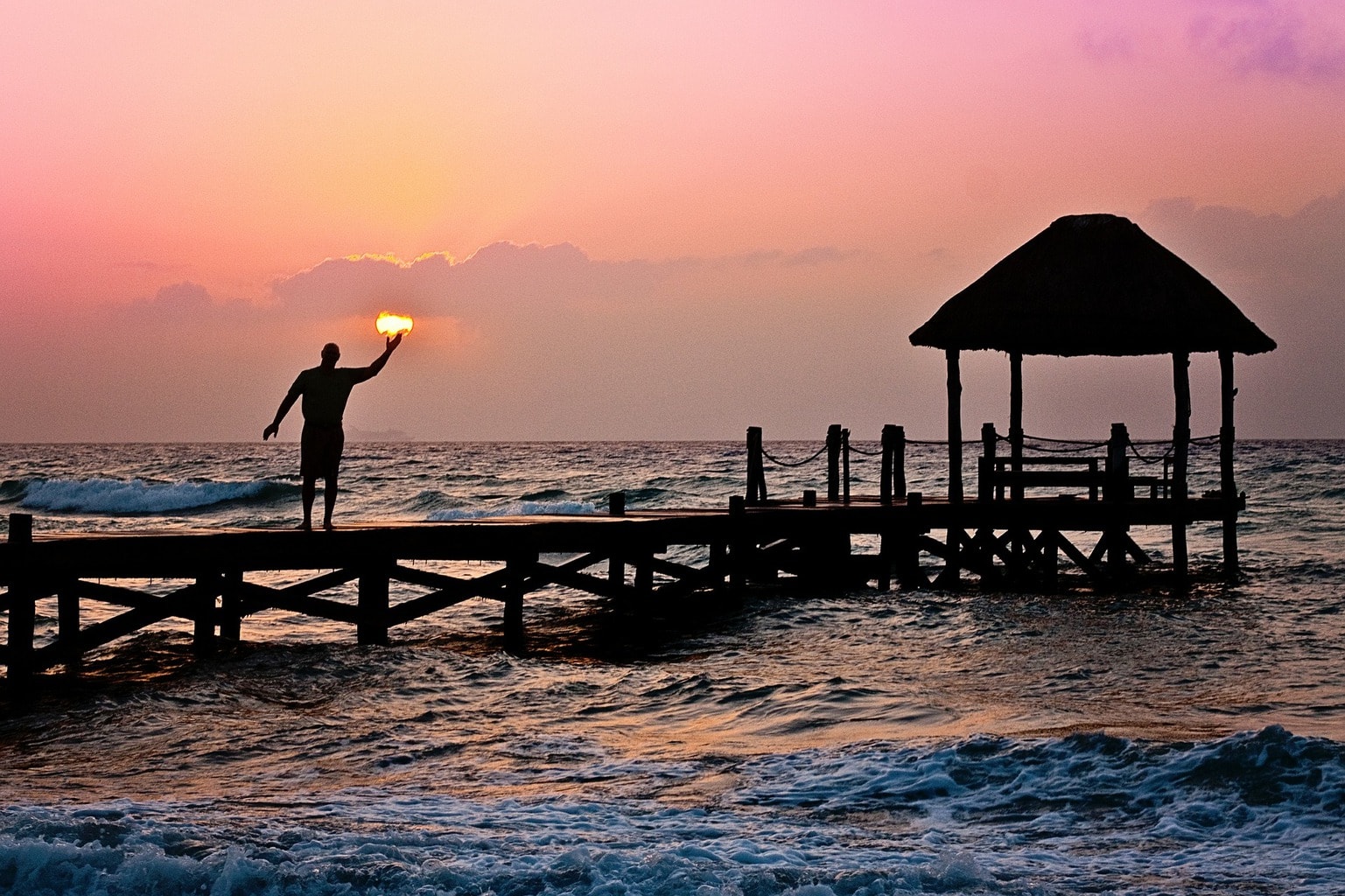
14. THE HUMAN ELEMENT
While it's true that you can photograph silhouettes of anything, the human element is naturally attractive to the human eye. And when it comes to images with relatively little information, the human silhouette usually works very well.
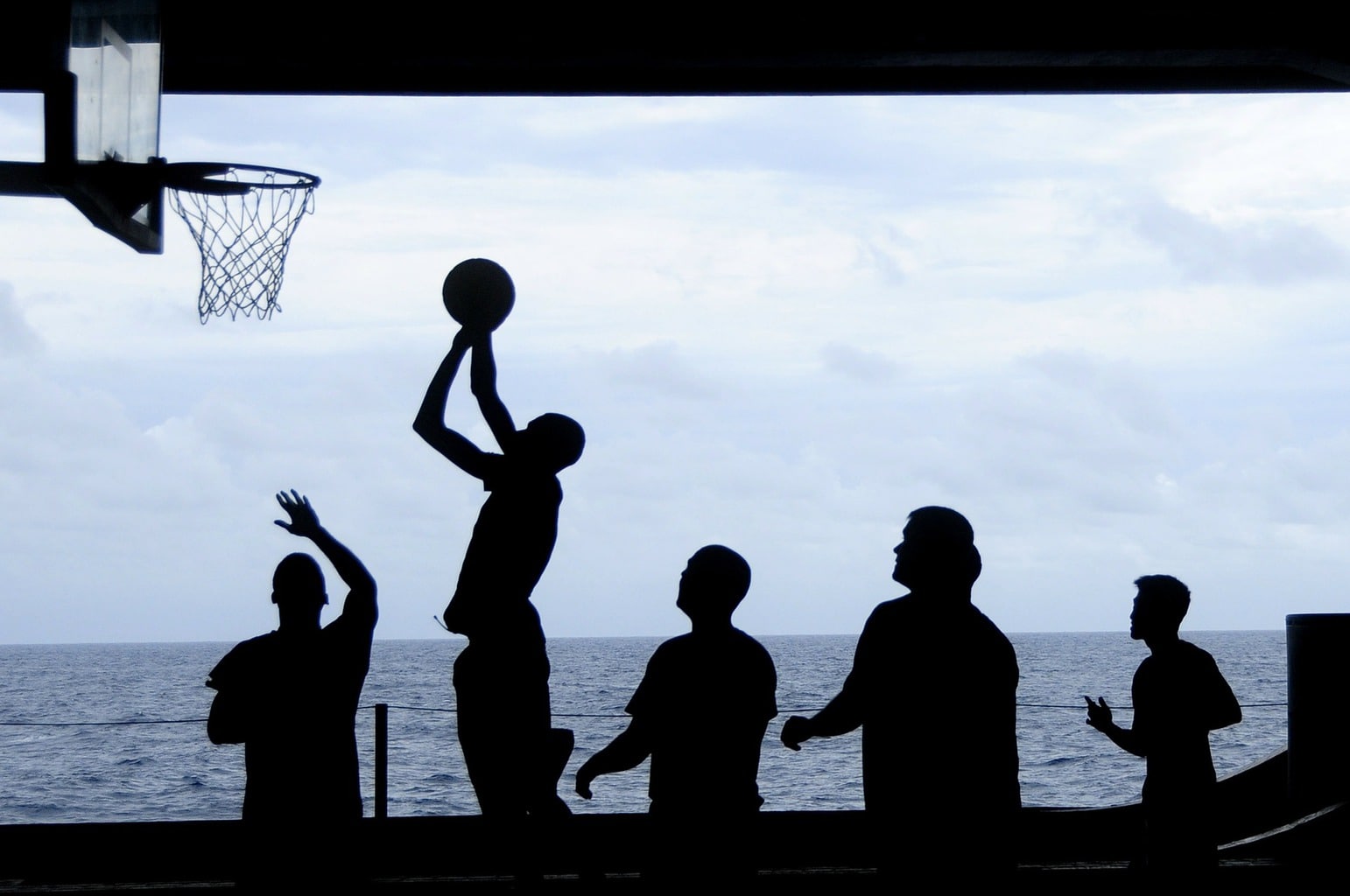
15. AMBIENT LIGHT
Yes, I know you know, that light in photography is everything , and more when we talk about silhouettes or non-light against the light that surrounds them and allows them to exist. Obtaining a silhouette is relatively easy, the trick to a good silhouette image is that you control the ambient light. It is this light that will make the difference.
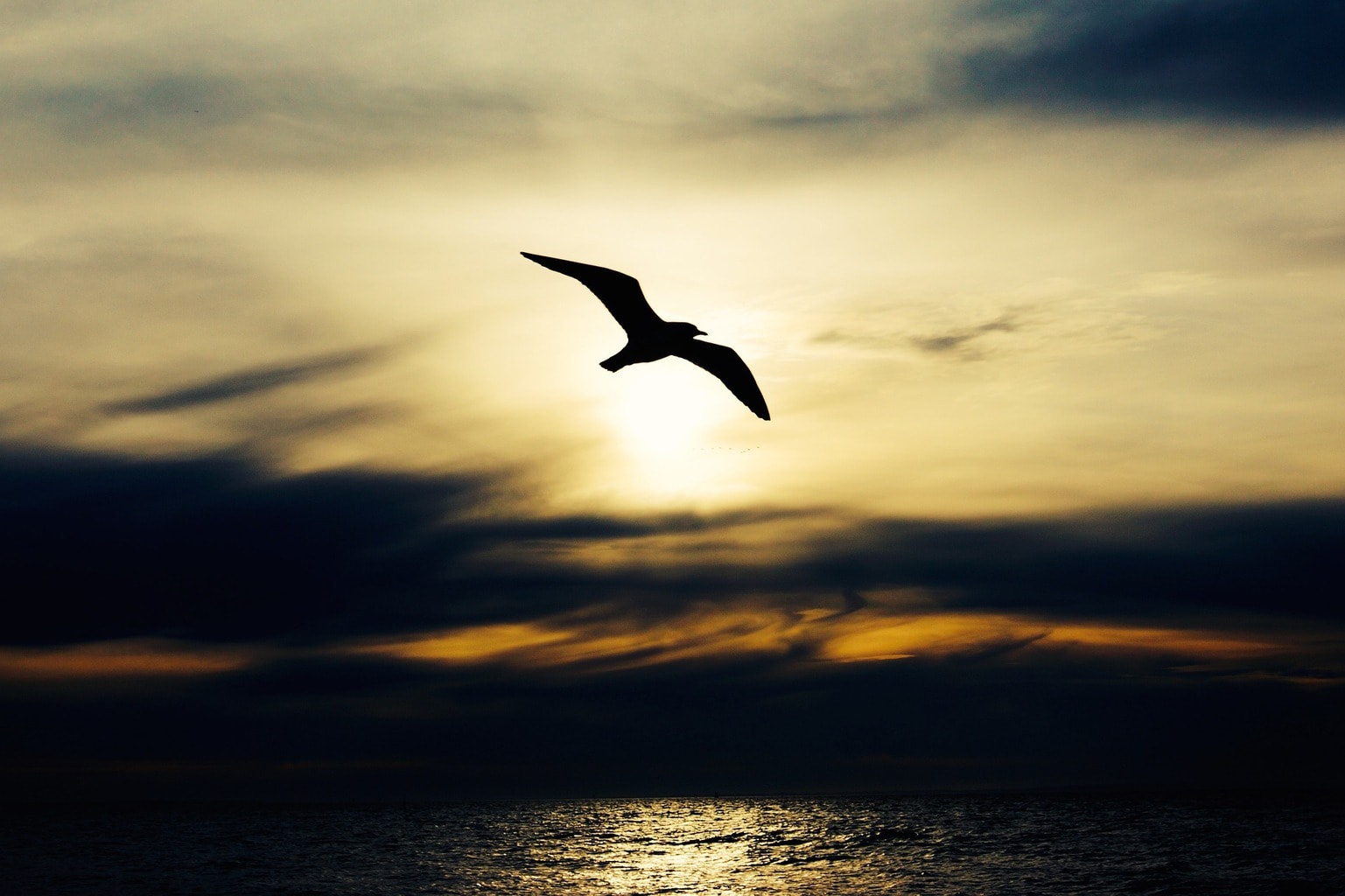
16. MINIMALISM
The silhouettes are a center of interest in themselves and a good opportunity to test your minimalist compositions.
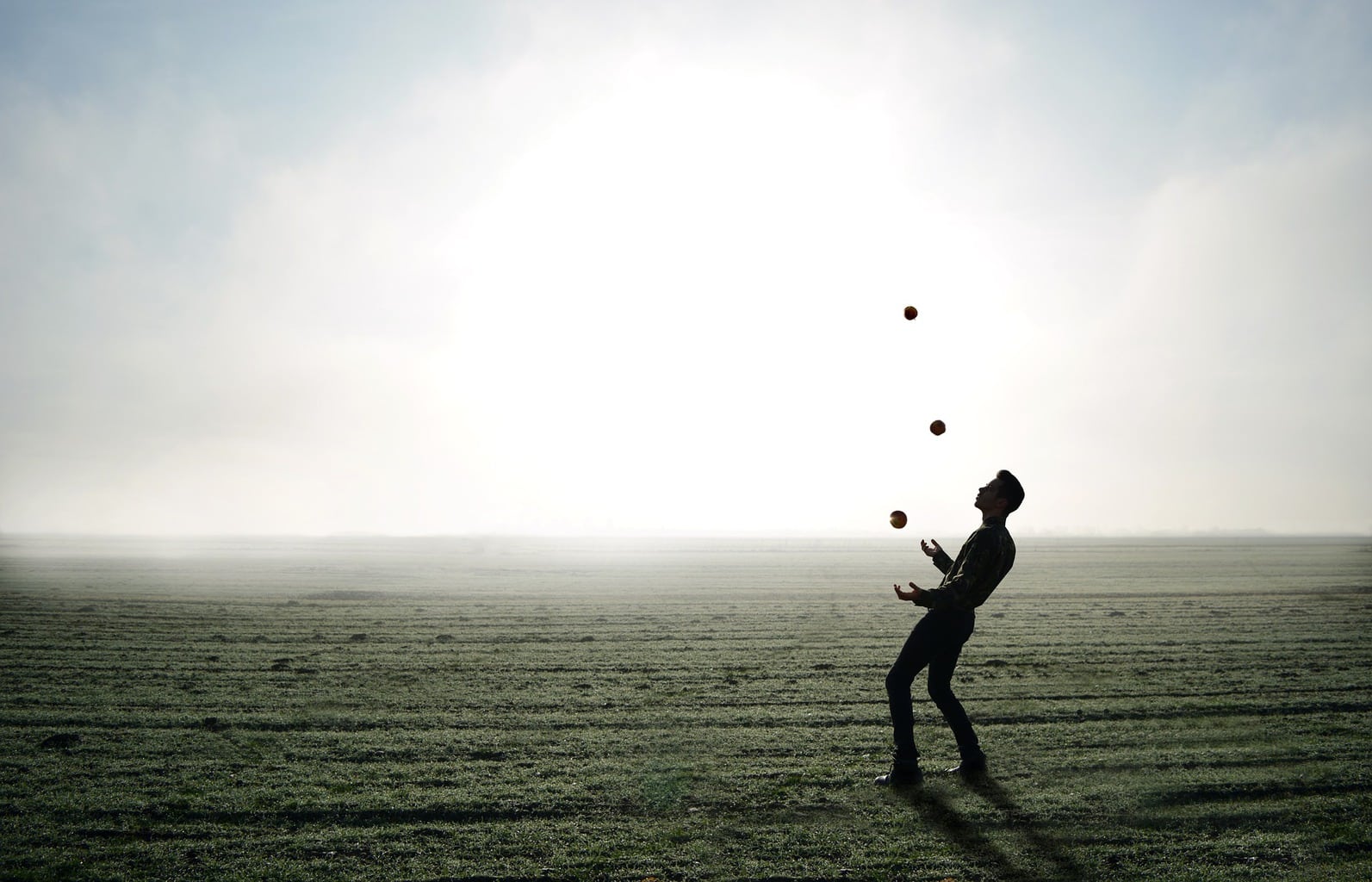
17. ARCHITECTURE
If you have a good perspective of your city, emblematic elements of its architecture or its skyline can be the main protagonists of your silhouette images.
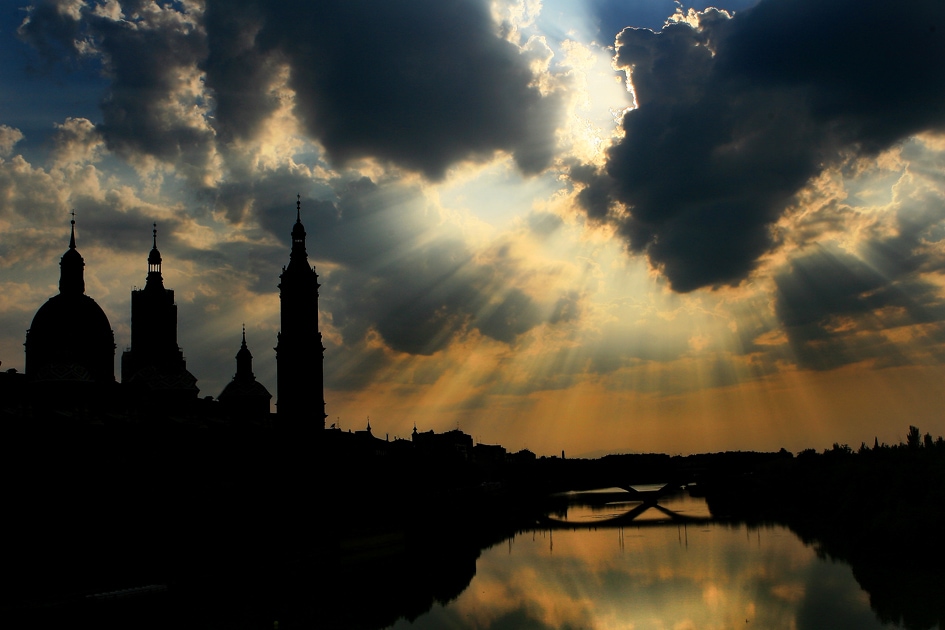
18. HOT AIR BALLOONS
You don't find them every day, it's true, but if you're lucky enough to come across a group or one of them, they are, curiously, a very photogenic subject in backlight .
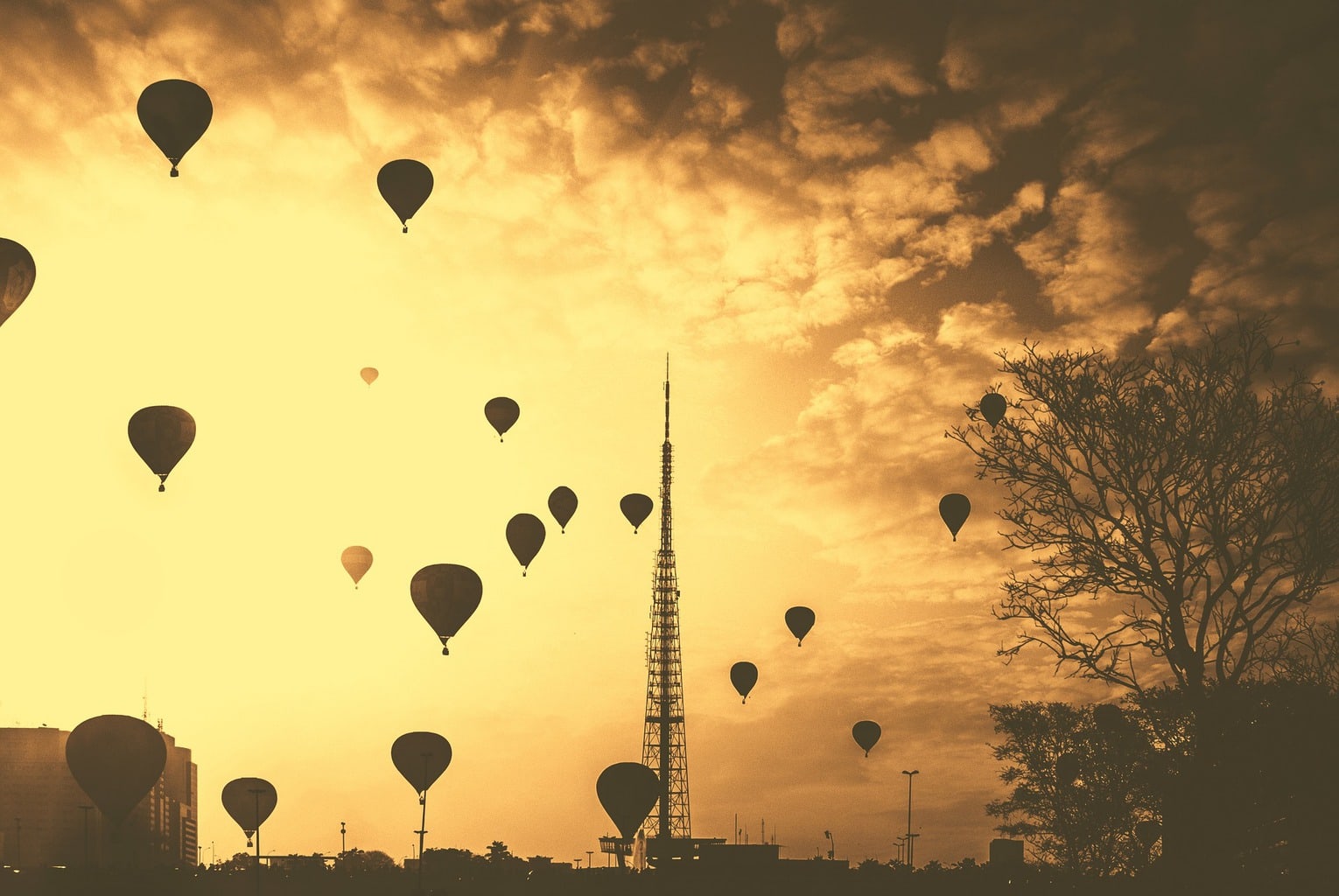
19. POINT OF VIEW
Sometimes, by slightly varying the point of view from which we take the image, we can add a lot of interest to the images.
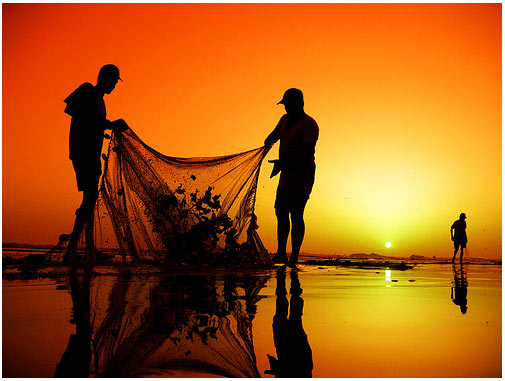
20. WEDDINGS
If you've been lucky enough to have been chosen as the official photographer for your best friend's wedding , don't forget to include an image of this style in your report ? Pretty, right?
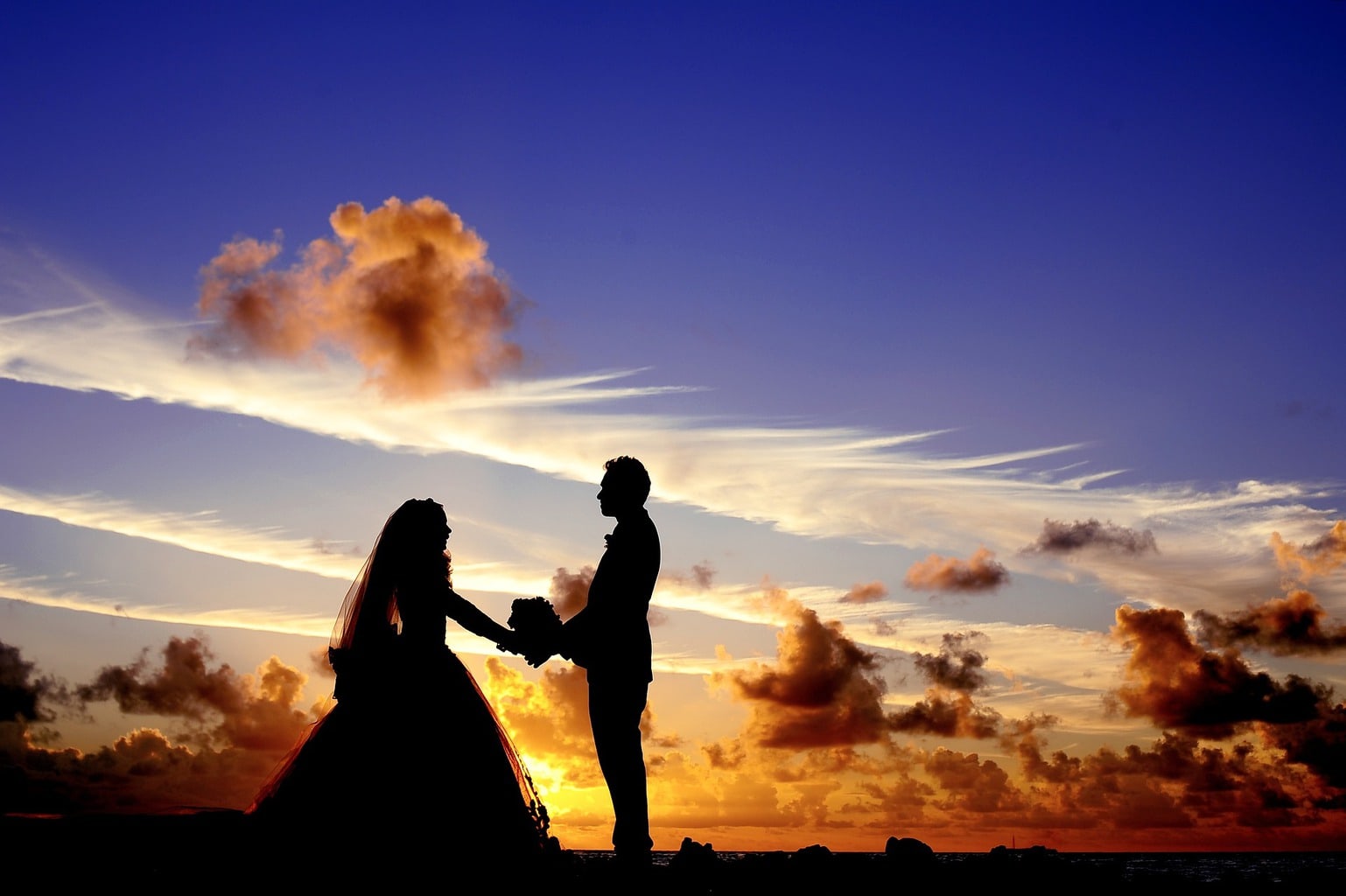
21. DEPTH OF FIELD
Don't forget to play with depth of field just like you would with any other image. Shallow depth of field in the image will help you isolate your silhouette or, on the contrary, you can choose to play with a wide depth of field to integrate it (closed apertures) into the background.
